
Puma Punku: Ancient Laser Blocks ?!
 10. 04. 2018
10. 04. 2018

Puma Punku (Puma Gate) is one of the most mysterious ancient sites composed of huge stone blocks that look like machined using laser tools. It was built thousands of years ago in contemporary Bolivia. It is located close to another amazing place - Tiahuanaco. Puma Punku's ruins have been made by fake experts for decades.
About 45 kilometers west of La Paz, Bolivia, we find an ancient site that is unique on Earth. Puma Punku (also called Pumapunku) represents a traditionally traumatic view of the ancient culture of the archaeological site, where incredibly precise stones, composed of thin joints, and having polished surfaces that for centuries resist the scientific explanation. Some Puma Punk stones are so polished that they look smooth like glass.
Only a few places on Earth have this type of stonework. It looks as if thousands of years ago the unknown culture used modern tools for shaping and cutting massive andesite blocks. Some of these blocks were shaped with such precision that they were perfectly suited to each other and are joined together without the use of mortar. Even more fascinating is the fact that some of these stones do not fit a sheet of paper.
Puma Punku is located near the town of Tiahuanaco, less than a quarter mile northeast of Puma Punka. Puma Punku and Tiahuanaco could form one huge complex. The most distinctive feature of Tiahuanaka, except the face of the faces, is the Sun Gate. It is believed that due to certain brands on the stones found in Puma Punk, the Sun Gate was originally part of Puma Punk.
Puma Punku has the length of 116,7 meters and the width of 167,36 meters. The archaeological site of Puma Punk consists of an open western courtyard, a central free promenade, terraced platforms with stone facades and a brick eastern courtyard. According to experts, Tiahuanaco can be an ancient metropolis, because there were houses for more than 40 inhabitants.
It is massive in Tiahuanak wall, which, according to some authors shows all the races of humanity, even long skulls, people with a turban, broad-nosed, thin noses, with their lips drooping and thin lips.
The Puma Punk culture dominated the entire Lake Titicaca basin, as well as parts of Bolivia and Chile. Around Tiahuanaka, archaeologists have excavated a mysterious object called "Fuente Magna Bowl„. This ceramic bowl has an inscription written in Sumerian cuneiform and a number of Sumerian hieroglyphs.
Because scientists are very interested in Puma Punk, the area within a one-kilometer radius separating the Puma Punk and Kalasasaya complexes has been studied by ground-based radar, magnetometry, induced electrical conductivity, and magnetic sensitivity.
In Aymara, the language spoken by the Aymara, the people of the Andes, is called Puma Punk "Bomb Gate". This archaeological site is the treasure of ancient history, located deep in the Andes. Puma Punku is located at an altitude of nearly 13 000 stop, that is, this The ancient site is above the natural tree line, meaning that there were no trees in this area. This casts doubt on the idea that old builders used wooden rollers to transport stony stones from where they were knocked out.
Experts argue that massive stones used in the design of Puma Punk have been transported through multiple labor. Another theory suggests that the ancient builders of Puma Punk have used leather ropes and used ramps and inclined planes. Scientists have found no evidence that the Puma Punk builders knew the wheel!
Despite all these facts, scientists believe that Puma punk was built around 500 nl and many claim that this ancient place, like Tiahuanaco, could have preceded the Inca empire. The ancient Incas, however, deny that they have anything to do with Tiahuanak or Puma Punk. This means that the culture that built these places existed independently of the Inca culture and apparently preceded it.
Puma Punku's location is not isolated. It is part of a large complex of temples, squares and even a pyramid, and is considered part of the ancient Tiahuanaca culture that preceded the Inca millennium culture. Puma punk are massive stones. The fact that there are so many, so Puma punk stones are the largest such stock of processed andesite and red sandstone stones on Earth.
Despite the fact that there were researchers, researchers and experts from around the world, none of them could explain how the old Puma Punk builders polished and transported the stones in place. Current engineers claim that the temple base at Puma Punk was built using a technique called layering and storage.
Oral legends suggest that the first inhabitants of Puma Punk were not ordinary people. These ancient humans had the ability to transmit megality through the air, using sound. The eastern edge of Puma Punk is made up of what is called Platform Lítica.
The so-called Platform Lytica consists of a stone patio, which has the dimensions 6,75 x 38,72 m, paved with several huge stone blocks. One of the biggest stones in Puma Punk is 7,81 meters long, 5,17 meters wide and average 1,07 meter high. The estimated mass of this massive object is 131 tons. It's not the only rock. Another massive boulder in Puma Punk is a long 7,90 m, wide 2,50 has an average height of 1,86 m. Its weight was estimated at 85,21 tons. Both of these stone blocks are part of the Lítica Platform and are made of red sandstone.
H-blocks in Puma Punk are the most famous element of this site. H-blocks in Puma Punk have approximately 80 faces. Some authors suggest that, given the precise cuts and incredible angles seen on Puma Punku blocks, it is possible that the old builders used prefabrication and mass production, a technology that was used long before the Incas hundreds of years later.
Experts note that the precision with which angles have been cut to create joint joints indicates a highly sophisticated knowledge of stone cutting and a thorough understanding of geometry. As noted by scientists, many connections are so precise that a razor blade does not fit between the stones. Most masonry is characterized by precisely cut blocks with such uniformity that they can be interchanged, while maintaining a flat surface and even joints. One of the closest stone quarries used by Puma Punk builders is about 10 km away at Lake Titicaca.
The farthest quarry is located near the Copacabana Peninsula, about 90 km, across Lake Titicaca. According to archaeological research, Puma Punku's H-blocks resemble each other with such precision that architects most likely used prefabrication system.
It is amazing what our ancestors have achieved over thousands of years ago in transport, design and logistics. Old engineers who built Puma Punku and Tiahuanaco were adept at developing civil infrastructure in this complex, building functional irrigation systems, hydraulic mechanisms, and watertight drains.
Despite the reality we see today, the ruins of Puma Punk are considered "unimaginably amazing“, Once adorned with polished metal plates, brightly colored pottery and decorative fabrics, and inhabited by people in costumes, lavishly dressed priests, and an elite adorned with exotic jewelry.
Close Puma Punku there are some unfinished stones. Experts say unfinished stones show to some of the techniquesthat were used to shape the blocks. He claims that Puma Punk's stone blocks were initially carved with stone hammers, which are still abundant in local andesite quarries, forming dimples and slowly leveling and polishing them with flat stones and sand. The excavations document three major building eras, apart from minor alterations and alterations.
Within our Suenee Universe eshop we recommend:
(Let the scientists and engineers try practically to do the 100 stone block with the help of these stone tools.)





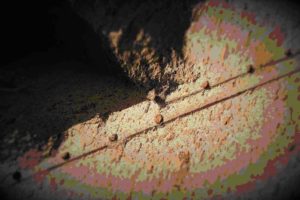
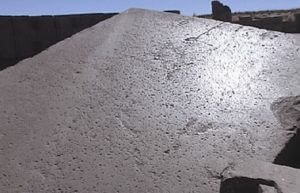
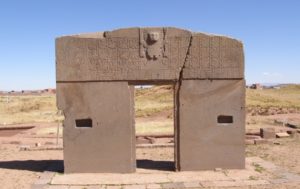
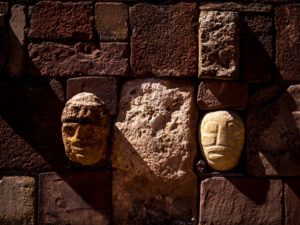
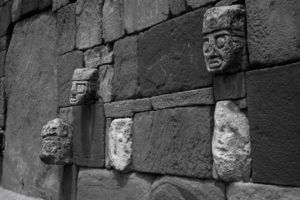
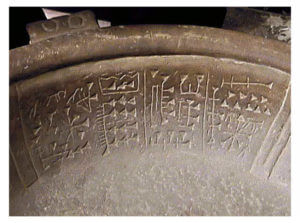
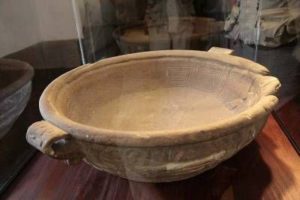
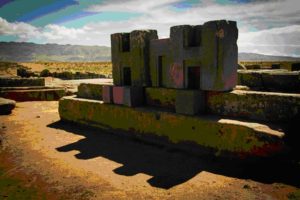
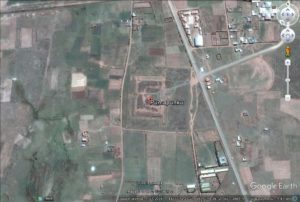
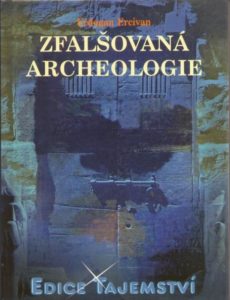
 5
5